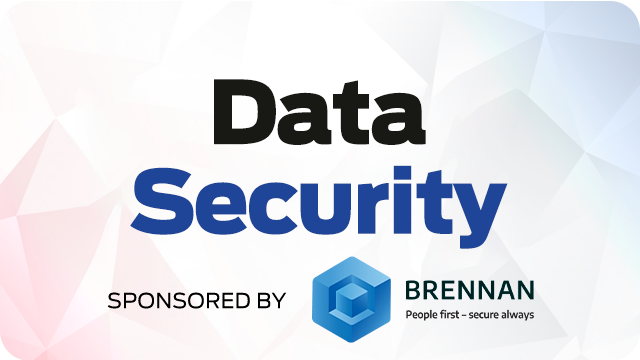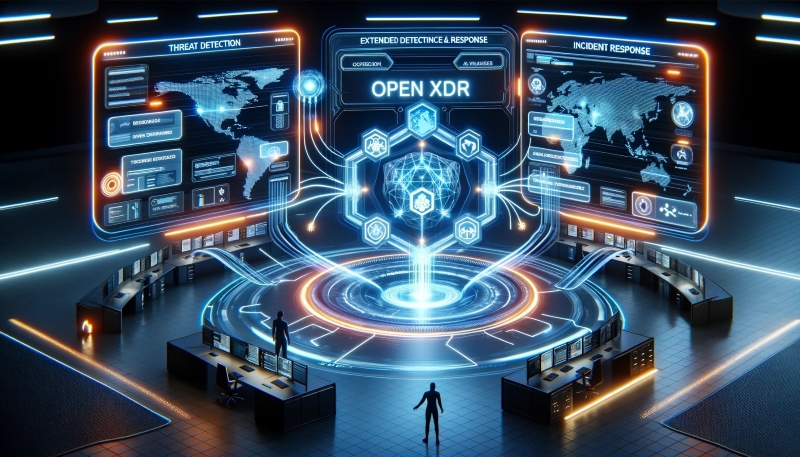How to make the most of global talent opportunities
For example, we worked with a retail company that built a nearshore development center in Mexico to maintain time zone alignment while taking advantage of 2-3x cost savings. While onboarding 50 new developers, U.S.

For example, we worked with a retail company that built a nearshore development center in Mexico to maintain time zone alignment while taking advantage of 2-3x cost savings. While onboarding 50 new developers, U.S. team members flew to Queretaro for cross-location agile product operating model training. The team leader in Mexico took the time to educate employees on both Mexican and American business culture, and encouraged empathy and open dialogue between team members and segments of the IT organization. Doing so helped build cultural understanding and trust at the onset of the working relationship.
Indeed, organizations establishing globally distributed teams need to understand and navigate the business and cultural distances that may cause friction across teams and stakeholder groups. Rather than attempt to enforce a blanket uniformity across all offices, technology leaders should aim to strike a balance between promoting a common sense of organizational identity and celebrating the local cultures and customs of each team.
Establishing and maintaining effective employee feedback loops is an essential aspect of promoting a positive workplace culture. Art and Jean explain how they have made intentional efforts at Lenovo to ensure feedback loops to regularly measure employee experience and identify pain points. They note the importance of using outcomes, rather than outputs or behaviors for those measurements. For example, employees at Lenovo are evaluated based on the specific value or outcomes they deliver rather than the amount of time spent online or at a desk.
The same logic can be applied to measuring company cultural efforts. Rather than analyzing the number of diversity workshops or social events scheduled in a given period, leaders should instead assess outcome-based metrics such as:
- Employee satisfaction scores
- Employee health and wellness data
- Employee engagement
- Retention
- Reported sense of inclusion
- Innovation and productivity rates
Team structure and decision-making
Initial launches of a global operating model are typically designed with “decision makers” (Product Managers, Business System Analysts, senior Tech leads, and Business Stakeholders) based in the U.S., with Scrum Masters and engineering teams in the alternative location. While this can work, leading organizations tap global talent to build truly global solutions.
For example, one organization stood up a full data platform team, including product management, Scrum Masters, and engineering in India. This was not a subservient team that took orders from the U.S.; they were fully empowered to build the global product for all users.
Another organization built out a business-unit-aligned supply chain team in Brazil to best serve South America. A third built out a team in Singapore to support finance operations and then structured their business product management in the same location to align time zones. In each case, the big shift was allowing these teams to define the strategy, develop the product, launch, and operate it no differently than a team in the U.S.
The appropriate tactical model for each organization will be dependent on the specific needs and responsibilities of teams. For example, Hu notes that “a ‘follow-the-sun’ model can and does work for teams who have well-defined tasks, boundaries, and hand-off protocols.” In contrast, a team that has heavy dependencies and requires more centralized oversight and direction will be better suited to a setup that allows for more time-zone crossover with other teams, or fully accountable teams staffed within the same time zone.
Wagle of Equinix notes the importance of communication within a global operating model, but also emphasizes that cross-team communication does not necessarily need to be more frequent or within a specific forum. Communication should instead be optimized to provide the most time value for teams. Equinix moved away from daily scrum meetings in favor of weekly meetings with daily asynchronous check-ins to reduce meeting exhaustion and allow more time to work on key objectives. Technology leaders should ensure the proper cadences are established for strategic decision-makers and cross-functional teams to discuss key topics such as:
- Initiative/project updates
- Cross-team dependencies
- Delivery obstacles or delays
- Capacity/resource constraints
- Strategy roadmaps definition/evaluation
A technology operating model built on agile practices and consistent delivery processes enables teams to reduce operational redundancies, cross-team friction, and internal costs. Stoddard at Adobe describes improving business workflows as “a strategic investment” and notes that her organization focused on establishing systems that “create positive employee and customer experiences in the hybrid world, drive efficiency and productivity, and enable standardization, optimization and consolidation.”
With standard ways of working in place, technology leaders need to define where and how decision-making rights are delegated. The digital-first, hyper-connected nature of the modern workplace means people no longer need to be in a company headquarters to have influence, but organizations need to be intentional about which decisions are delegated to local teams. Technology leaders should have a defined architecture of decision-making rights that enable teams to work asynchronously and deliver autonomous value while ensuring those teams are working harmoniously toward enterprise-level strategic objectives.
Technology
“Technology is no longer just about enabling work, it’s the workplace itself,” said G-P’s Richa. Leaders establishing a digital operating model built on distributed teams need to ensure the appropriate tools and systems are in place to support it.
The most fundamental technologies are those enabling a unified and streamlined employee experience, giving teams the day-to-day resources and support they need to do their job. Delivery and project management tools that can be shared across locations will enable teams to have visibility across efforts, monitor risks, and identify dependencies without daily facetime. Milind provides the example of Equinix’s rollout of ‘Operation Collaboration’ that is geared toward maturing the organization’s workplace technologies and meeting experience platform to enable teams to work asynchronously.
Each of these companies above has also invested in technologies to streamline internal processes and reduce the operational risks of distributed teams. Cindy at Adobe advises that by investing in digitization, technology leaders “can help their organizations make the most of data analytics and insights, unlock new business and revenue opportunities, and significantly reduce costs.” These organizations also made strategic pushes to leverage AI and automation to minimize repetitive tasks, reduce time costs, optimize resource utilization, and allow teams to access services and support regardless of location or time zone. Lenovo in particular launched its Premier Support Plus, which “combines AI and human interaction for proactive, predictive, seamless and direct IT support, designed specifically for today’s hybrid workforce.”
Compliance and regulations
The regulatory environment in each team location is the final, and potentially consequential, consideration of a workforce strategy. Among the standard regulatory concerns are those regarding the local labor and employment laws in a given location. Richa at G-P says that establishing a foreign entity and managing local administrative tasks is both costly and time-consuming, and advises that technology leaders work with internal or outsourced HR and legal experts to ascertain the compliance requirements around legal entities, taxes, compensation, benefits, workers rights, and the ability to hire and fire, among others.
The second facet of compliance is more closely aligned to a technology leader’s purview and pertains to the local data, privacy, and intellectual property regulations. Some regions could differ in their approach to data sovereignty and IP protection, so organizations may weigh privacy concerns when determining where and how to store sensitive information. Art at Lenovo advises that leaders have “full awareness of the laws and regulations, and make sure global teams have the tools and processes to adapt to the rapidly changing landscape.”
Final big decision
For organizations contemplating building a global technology operating model, the final big decision is whether your company is willing to truly change its mindset. There is a big difference between a “U.S.-based company that operates internationally” and a “global company that happens to be headquartered in the U.S.”
Not all companies will be ready for it. But, in our view, there is no other option to realize both efficiency and effectiveness in your operating model. Whether proactively or reactively, global companies will have to retool the way they work across these five dimensions to sustainably leverage global talent at scale.











